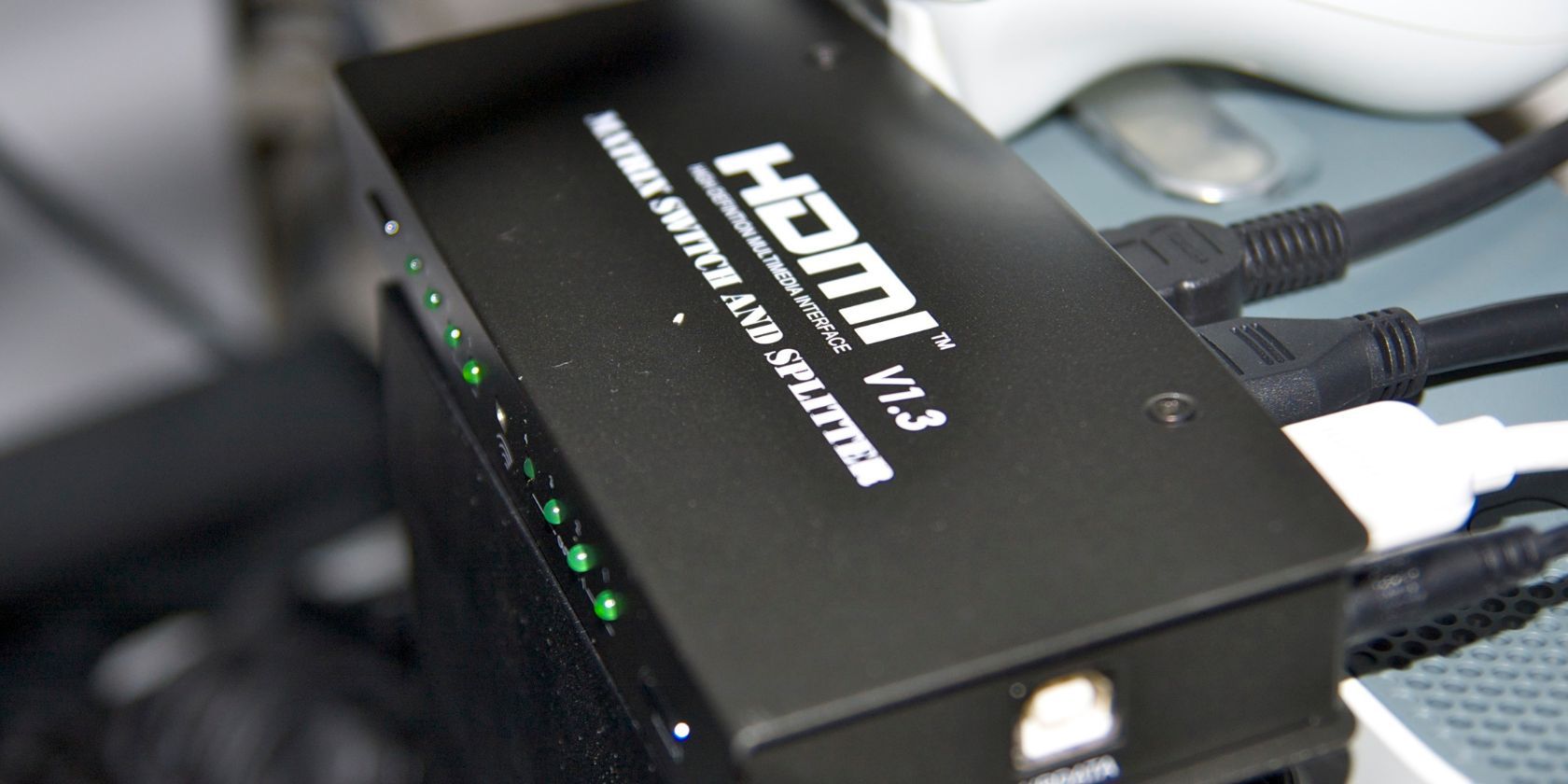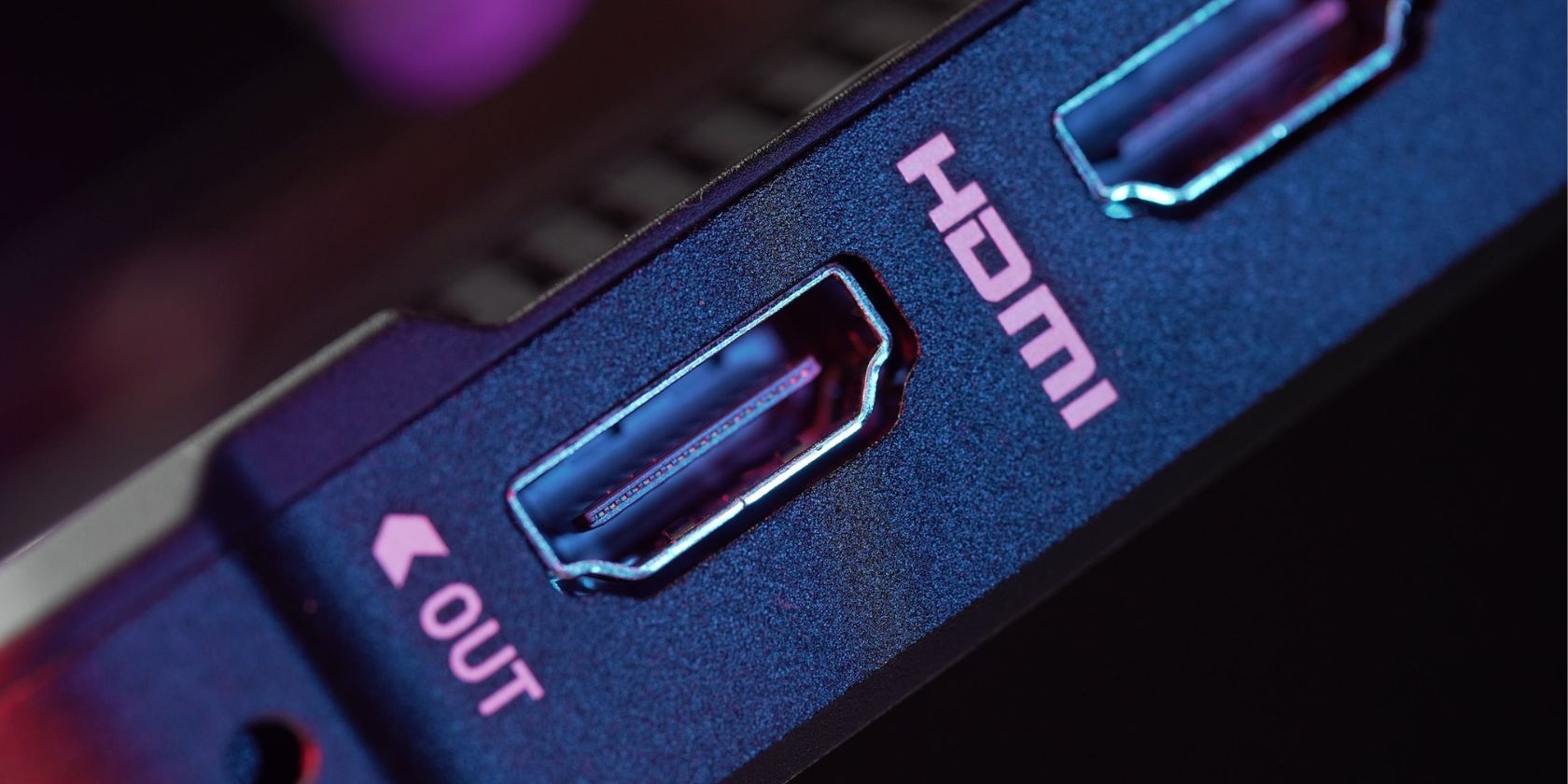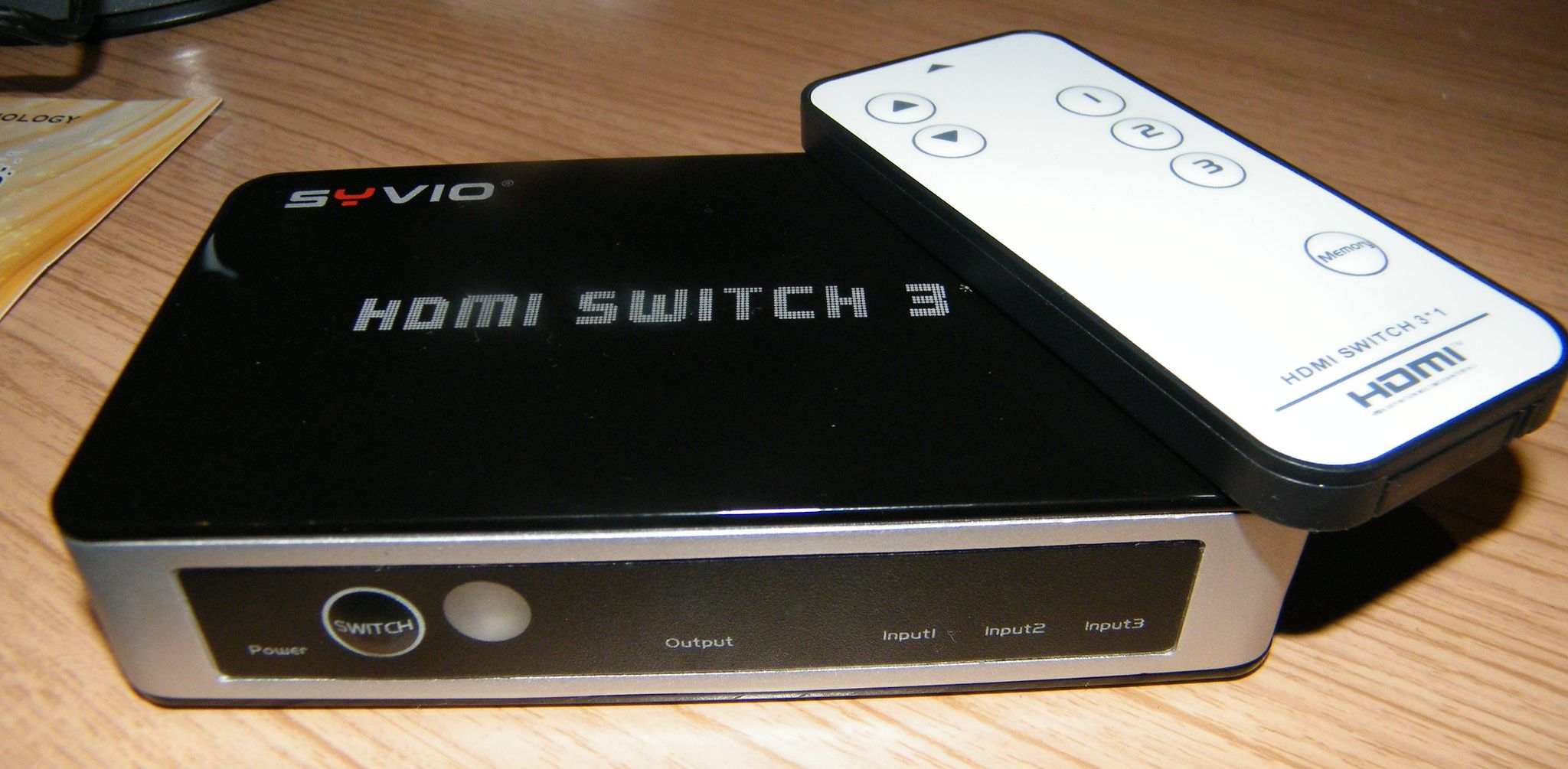HDMI connections are crucial. Whether streaming, gaming, or simply listening to music, an HDMI cable can come in handy when you want to display content on a separate screen from the source device.
But what's the difference between an HDMI splitter and an HDMI switch? How do they work, and which is best for you?
What Is an HDMI Splitter?
An HDMI splitter has multiple source inputs, meaning you can connect multiple HDMI cables simultaneously.
HDMI splitters accept one HDMI input and then duplicate it to produce multiple outputs on all connected devices. Say, for example, you wanted to watch one stream of content on multiple devices or wanted to display gameplay on more than one screen. With an HDMI splitter, this is possible.
There are various scenarios in which you may need an HDMI splitter, including:
- Sending an HDMI source to a display in a different room.
- Sending an HDMI source to different devices in the same room (e.g., a monitor and a TV).
- Sending an HDMI source through separate audio and video devices.
Most HDMI splitters support up to 4K video quality. The sound output shouldn't be affected by the HDMI splitter connection.
HDMI splitters can come in active (powered) and passive (non-powered) forms. In other words, you can get splitters that are wireless or splitters that are connected to a power source.
Active HDMI splitters are considered the superior option, as they often offer a more secure and high-quality connection, especially over a longer distance. But, of course, an active HDMI splitter will require electricity to work, which will likely increase your overall energy bill.
HDMI splitters tend to cost between $5 and $100, depending on the number of outputs you want and the retailer you're using. Be sure to avoid shady sites, as they may send you a faulty or non-functional product.
What Is an HDMI Switch?
If you want to connect multiple HDMI inputs to one device, an HDMI switch will work for you. An HDMI switch is essentially the reverse of an HDMI splitter. This means that instead of having one input and multiple outputs, a switch has multiple inputs and one output.
When connecting multiple inputs to an HDMI switch, you can choose which signal you want to be sent to the destination display. Many HDMI switches now come with a remote, so you can switch from source to source without interacting with the device directly.
If you need to connect multiple HDMI sources to a single display, a switch is the one for you. However, HDMI switches only display one HDMI source at any given time. You can't display two HDMI inputs on one display simultaneously, but you can quickly switch between inputs using an HDMI switch.
Most HDMI switches support up to 4K video quality.
HDMI switches fall in the price range of around $5 to $70 but can cost more if you want a high number of input ports. You should be wary of the retailer you buy your switch from, as a device with many inputs at a very low price may have hidden catches and drawbacks.
If you need both HDMI splitter and HDMI switch capabilities, you can buy two separate devices or opt for a combined splitter/switch. This allows you to send one source to multiple displays, as well as connect multiple signals to a single display. These are known as HDMI matrix switch/splitters, and tend to cost $30 to $200 depending on the model, specifications, and chosen retailer.
You should always opt to buy a well-reviewed HDMI switch or splitter, ideally from a trusted brand, as lackluster models may provide shoddy audio or video quality.
HDMI Splitters and HDMI Switches Are Different!
Getting HDMI switches and splitters mixed up is easy, as both devices perform similar functions and share similar names. But there is a key difference between the two, which you should take note of if you're interested in getting yourself a switch or splitter.



